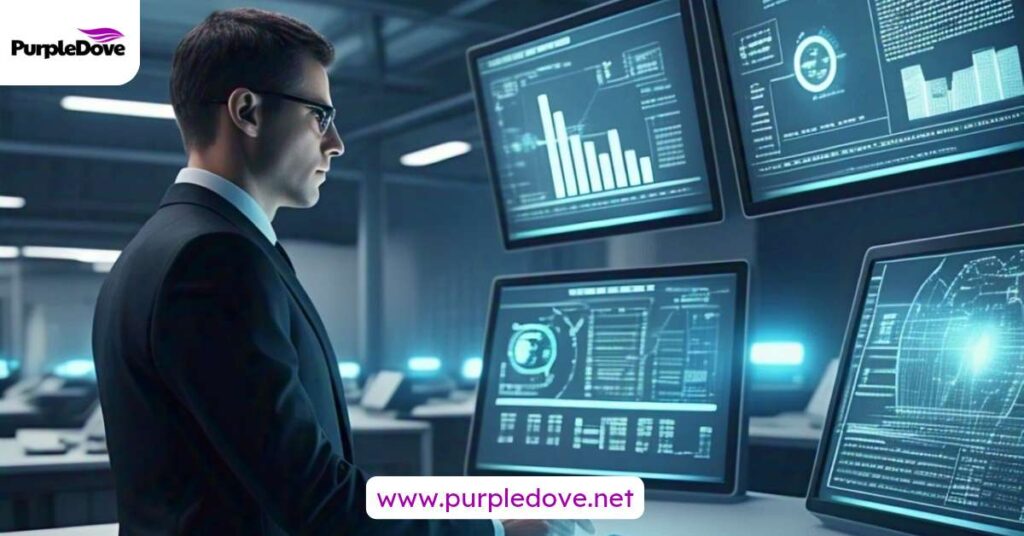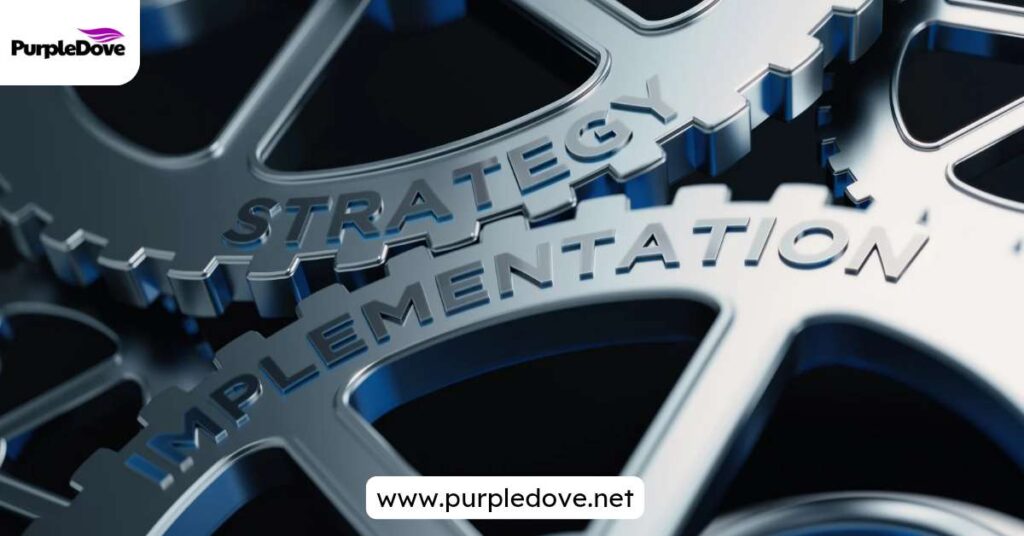
As the digital age keeps evolving, businesses constantly seek tools to optimise processes and make data-driven decisions. As organisations adopt smarter technologies, integrating IoT with ERP offers unmatched opportunities to enhance data insights and operational efficiency.
Imagine this: a manufacturing plant struggling to keep up with demand due to unforeseen equipment breakdowns. Now, picture the same plant armed with sensors that predict failures before they occur, integrated seamlessly with an ERP system that triggers maintenance tasks automatically. This is the power of combining IoT (Internet of Things) with ERP.
What Is IoT and How Does It Work with ERP?
The Internet of Things refers to a network of interconnected devices that communicate data in real time. From wearable fitness trackers to industrial machinery, IoT creates a world where devices “talk” to each other.
Integrating IoT with ERP takes this concept a step further. While ERP systems manage and organise business processes, IoT adds a layer of live data, enhancing the system’s ability to deliver actionable insights. For instance, IoT sensors in warehouses can relay stock levels directly to the ERP, reducing manual errors and ensuring timely replenishments.
Key Benefits of IoT-ERP Integration

Integrating IoT with ERP isn’t just a technological trend—it’s a business advantage. Here’s why:
- Real-Time Monitoring and Alerts
IoT-enabled devices continuously collect data. When paired with ERP, this data provides instant updates, ensuring you’re always in the know. Imagine receiving alerts about machinery overheating or supply levels dropping below a threshold before they escalate into costly issues. - Enhanced Decision-Making
Data is the backbone of informed decisions. IoT captures precise, granular data, while ERP organises and analyses it. Together, they enable businesses to predict trends, allocate resources effectively, and address problems proactively. - Improved Asset Management
- By connecting assets like equipment or fleets to IoT devices, businesses can track usage patterns and maintenance needs. The ERP system then automates maintenance schedules, extending asset lifespans and reducing downtime.
- Streamlined Operations
IoT’s ability to monitor processes and ERP’s role in centralising operations create a synergistic workflow. For example, IoT sensors on production lines can detect inefficiencies, while ERP systems redistribute resources to maintain output levels.
Overcoming Challenges in IoT-ERP Integration
While the benefits are compelling, integrating IoT with ERP isn’t without its hurdles. However, recognising these challenges is the first step to addressing them.
- Data Overload
With IoT devices generating vast amounts of data, organisations might struggle to process it effectively. A scalable ERP solution with advanced analytics capabilities is essential to manage this influx efficiently. - Compatibility Issues
Many legacy ERP systems weren’t designed with IoT in mind. Ensuring that both systems can “speak the same language” requires investing in compatible solutions or middleware that bridges the gap. - Security Concerns
IoT devices are vulnerable to cyberattacks. Combining IoT with ERP requires robust security measures, such as encryption and multi-factor authentication, to safeguard sensitive data. - Cost Implications
Implementing IoT-ERP integration might seem costly upfront. However, the long-term savings from enhanced efficiency and reduced downtime outweigh initial investments.
Practical Steps to Seamless Integration

If you’re considering IoT-ERP integration, here’s how to get started:
- Assess Your Needs: Determine which business areas would benefit most from IoT-ERP integration. Start with high-impact areas like inventory management or equipment monitoring.
- Choose the Right Technology: Ensure that your IoT devices and ERP system are compatible and scalable. Look for solutions that offer customisation to match your unique requirements.
- Plan for Data Management: Establish protocols for data collection, storage, and analysis to avoid overwhelming your system.
- Prioritise Security: Implement robust cybersecurity measures to protect both IoT devices and your ERP system from breaches.
- Train Your Team: Equip your employees with the knowledge to maximise the integration’s potential. Familiarity with both systems is key to seamless operations.
Future Trends in IoT-ERP Integration
As technology advances, the integration of IoT and ERP will continue to evolve. Artificial intelligence (AI) will likely play a pivotal role, enabling predictive analytics to become even more accurate. Additionally, industries like healthcare, logistics, and manufacturing are expected to lead the charge in adopting these integrations, leveraging them for unparalleled operational efficiency.
Conclusion
Integrating IoT with ERP systems is no longer a futuristic concept—it’s a present-day necessity for businesses striving to stay competitive. From real-time data insights to streamlined workflows, the benefits are transformative.
Reliable Wraps like Oddo, PurpleDove ERP, etc, understand the challenges and opportunities that come with such integrations. Their scalable, secure, and customisable solutions are designed to help businesses harness the power of IoT for better decision-making and operational success.
With IoT and ERP integrations, you can revolutionise your operations and build the perfect future of your business.
